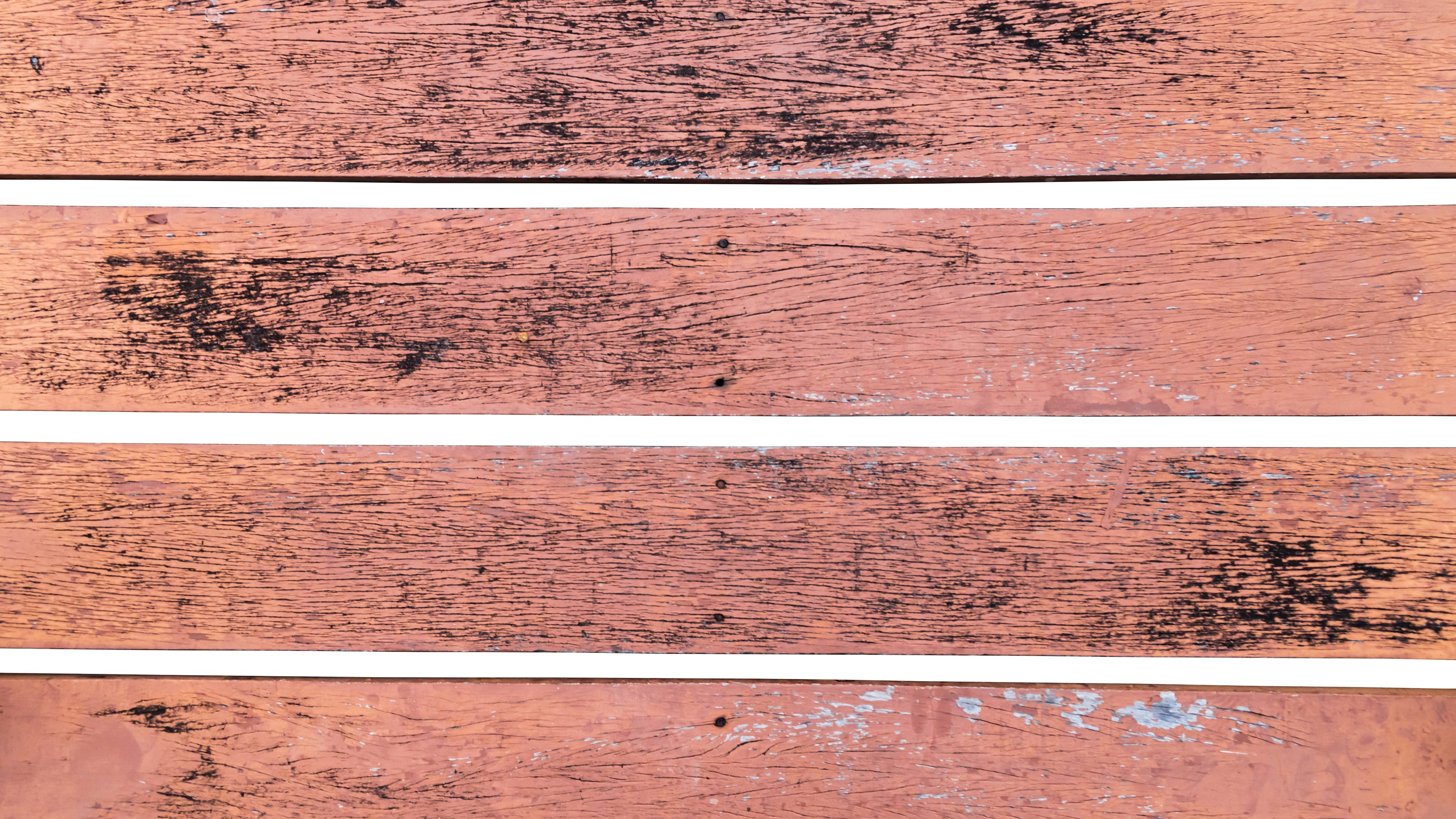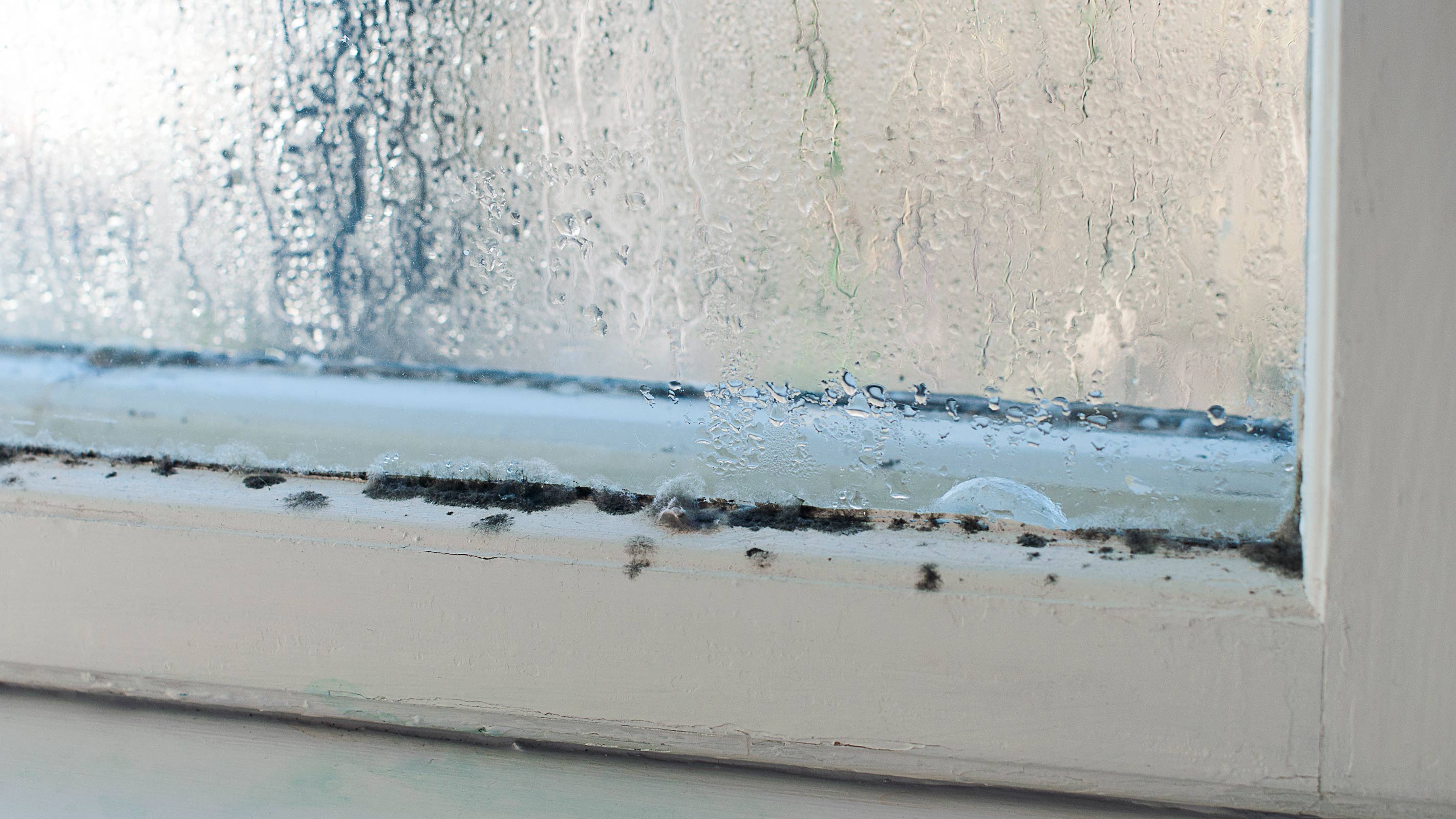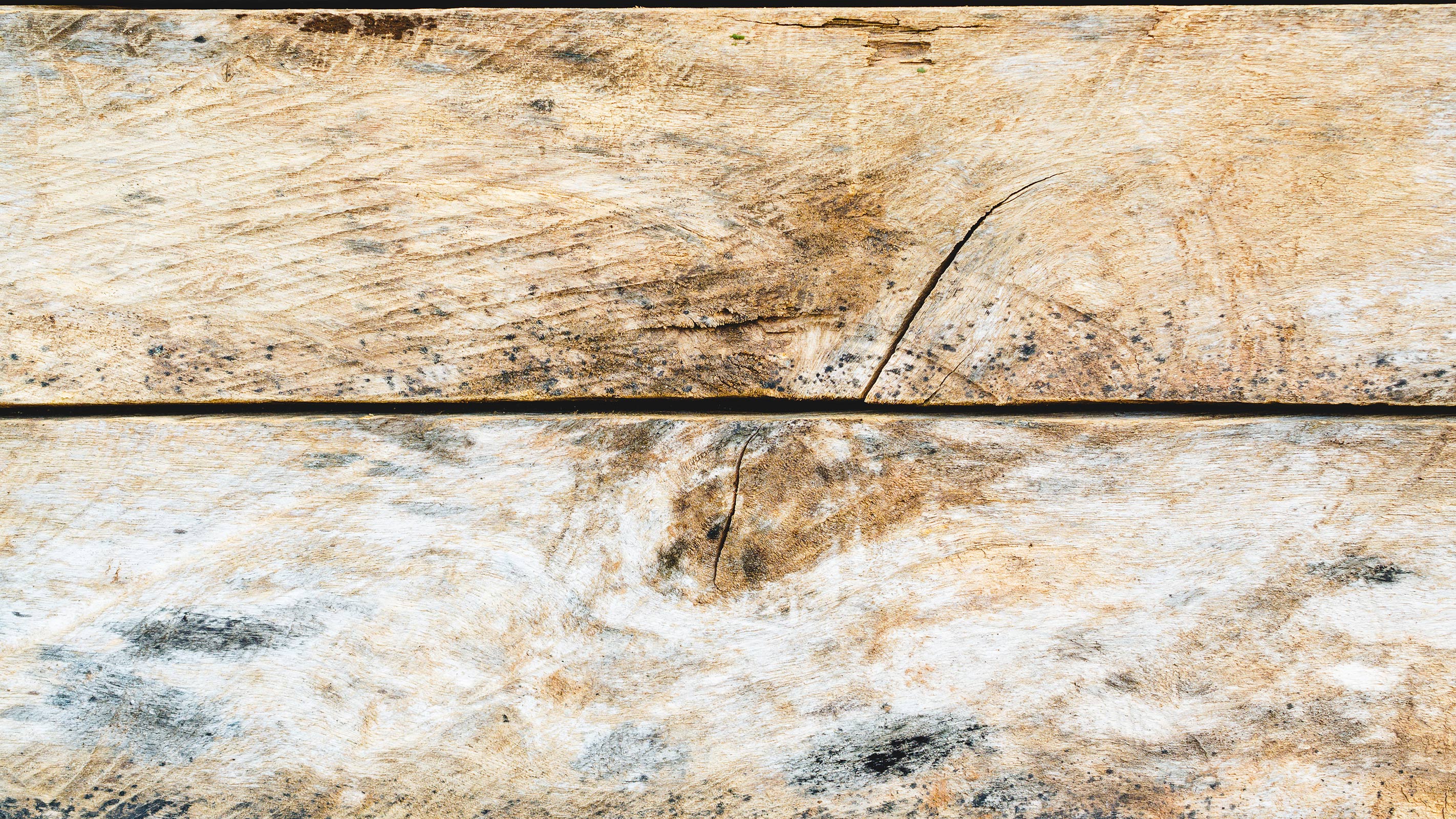How to clean mould off wood: Spot, treat and prevent the issue
If you are wondering how to clean mould off wood our guide is here to help — we explain not only how to safely remove the mould but also how to prevent it from returning

Questioning how to clean mould off wood? We have the answers — from easy and cheap natural solutions you can try out yourself, to some of the best tried-and-tested products on the market.
Just as when removing mould from walls, the approach you take when it comes to ridding any woodwork in your home of mould will need to be a multi-layered approach. While getting rid of the visible marks and stains might not be too much trouble, it is vital that the underlying cause of the mould is dealt with — both to prevent the problem from reoccurring, as well as to protect the health of the occupants of your home.
Mould around windows and in the bathroom is often something homeowners are on the lookout for — but mould on wood can come as something of a surprise. Skirting boards, timber-clad walls and ceilings, door and window frames and even wooden floorboards and furniture can all fall prey to mould under the right circumstances.
Wood naturally absorbs and retains water, meaning it is a something of a dream home for mould. It is important to deal with the problem quickly to prevent rot developing.
Here, we take a look at how to remove mould should you discover it on the any areas of timber in your home.
How to clean mould off wood the natural way
First things first. If you decide to tackle any mould problem on a DIY basis, safety needs to be paramount.
Mould is dangerous and can cause all kinds of health issues, from skin rashes to breathing problems. For this reason, when removing mould spores from wood, protect yourself by wearing a mask, eye goggles and long-sleeved clothing — if you have protective clothing you could put on over your usual clothing it will be even better. You should also wear rubber gloves.
There are several types of natural cleaning solutions that can work to remove mould from wood. Some are more suitable for painted wooden surfaces, such mould on skirting boards or window frames, while others are best for bare wood.
In both cases, begin by vacuuming the affected area. It is highly advisable to use a vacuum cleaner with a HEPA filter here. HEPA stands for High Efficiency Particulate Air and a HEPA filter is a type of high quality air filter that meets the HEPA filter standards — to remove at least 99.97% of particles from the air down to at least 0.3 microns in size. Use the vacuum to suck up any loose mould spores and then empty the vacuum into a bag outside, seal it and dispose.
Removing mould from painted wood
If the wood in question has been painted or stained, it is less likely that the mould you will be removing will have penetrated the timber, meaning removing it should be easier than if you were dealing with bare wood.
In this case, you should find that a mild cleaning solution of washing up liquid and warm water should do the trick. Use a scourer, cloth, a soft-bristled scrubbing brush or an old toothbrush to lift the mould off the wood, then rinse with clean water and thoroughly dry it off. A toothbrush will be best for tricky to clean spots, such as decorative timber mouldings or around windows.

Removing mould from bare wood
If the wood in question has not been painted or varnished, you might need to take a different approach. This is because you need your cleaning solution to penetrate the wood to eliminate any spores that have permeated the timber.
You can often tell whether or not the mould has got into the wood as stains tend to linger even after trying the soap and water method.
In this case there are two methods to consider.
The first is to use a solution made up from vinegar and water — in equal parts. Vinegar will not only get rid of the mould but it should also help eliminate or at the very least fade out, the stains. Use a spray bottle to apply the solution, allow it to sit for a couple of hours, then wipe the area down with a damp cloth or rag.
If those pesky stains still refuse to budge, it is time to try a solution made from bleach and water. Experts recommend using one part bleach to four parts water — some even suggest adding a bit of washing up liquid in too.
Work the solution into the wood, leave it to get to work for a hour or so then wipe away using a damp cloth.
"Bleach is only a temporary solution," warns Homebuilding & Renovating's DIY content editor Steve Jenkins who has looked into many ways of dealing with mould in the home, including painting over mould. "Bleach cleans off surface mould and removes the discolouration that mould leaves, but bleach doesn’t kill off the spores that cause mould growth. So, eventually the mould will start to grow back again.
"Both baking soda and vinegar are a better choice for killing off mould than bleach. You can use them separately or combine them to create your own mould killer."
If any mould or stubborn stains remain, sanding the wood is a good idea. After sanding, consider staining, painting or varnishing the wood — this could protect it from a future mould outbreak.

Which products remove mould from wood?
If you don't fancy making up your own solution and aren't anti-chemical, there are products available to buy that are designed specifically for removing mould from wood.
Most are pretty strong smelling and it is crucial to protect your skin from coming into contact with them.
Karlsten Furniture Mould Remover Spray from Amazon is designed for use on wood, amongst other materials, and was praised by reviewers for its non-overpowering scent too.
Homebuilding & Renovating's Amy Willis looked into how to clean mould off ceilings and had success using HG Mould Spray from Amazon although this is not specifically stated as being suitable for wood so using it on an inconspicuous test area first would be advisable.
"This stuff worked a treat," says Amy. "I had an old bottle lying around and sprayed it on. I waited just over five minutes and wiped and off it came. I was actually pleasantly surprised how easily it came off. Note, it did leave a bit of a chlorine smell like a swimming pool, which I didn't mind as it made the bathroom smell clean but it might bother some."
What causes mould to grow on wood?
Just as with any type of mould in the home, the main culprits are too much moisture and damp in the air and poor ventilation. Where wood is located on a cold, external wall the problem may well be worse. Bare wood, being pretty porous, makes a great breeding ground for mould too, with no protective coating to prevent the mould from working its way into the grain.
How can I prevent mould from returning?
In order to stop mould from attacking your woodwork, it needs to be kept as dry as possible and the room it is located in needs adequate ventilation.
There are products out there designed to protect wood from damp and mould, such as Roxil Wood Protection Liquid from Amazon.
However, before any mould problems can be fully resolved, it is vital to understand what causes damp so you can work out where the problem is originating. Damp and condensation are both prime causes of mould on all kinds of areas of the house, from walls and ceilings to wooden furniture and even fabrics such as curtains.
If you have a condensation problem then you need to looking into improving your home ventilation. Regularly opening windows will help, as will investing in a good a dehumidifier like this low energy dehumidifier from Meaco on Appliances Direct. Not only do these remove excess moisture from the air they are also great for getting wet washing dry faster — and no-one addressing a mould problem needs damp washing hanging around for longer than necessary.
Get the Homebuilding & Renovating Newsletter
Bring your dream home to life with expert advice, how to guides and design inspiration. Sign up for our newsletter and get two free tickets to a Homebuilding & Renovating Show near you.
Natasha was Homebuilding & Renovating’s Associate Content Editor and was a member of the Homebuilding team for over two decades. In her role on Homebuilding & Renovating she imparted her knowledge on a wide range of renovation topics, from window condensation to renovating bathrooms, to removing walls and adding an extension. She continues to write for Homebuilding on these topics, and more. An experienced journalist and renovation expert, she also writes for a number of other homes titles, including Homes & Gardens and Ideal Homes. Over the years Natasha has renovated and carried out a side extension to a Victorian terrace. She is currently living in the rural Edwardian cottage she renovated and extended on a largely DIY basis, living on site for the duration of the project.

